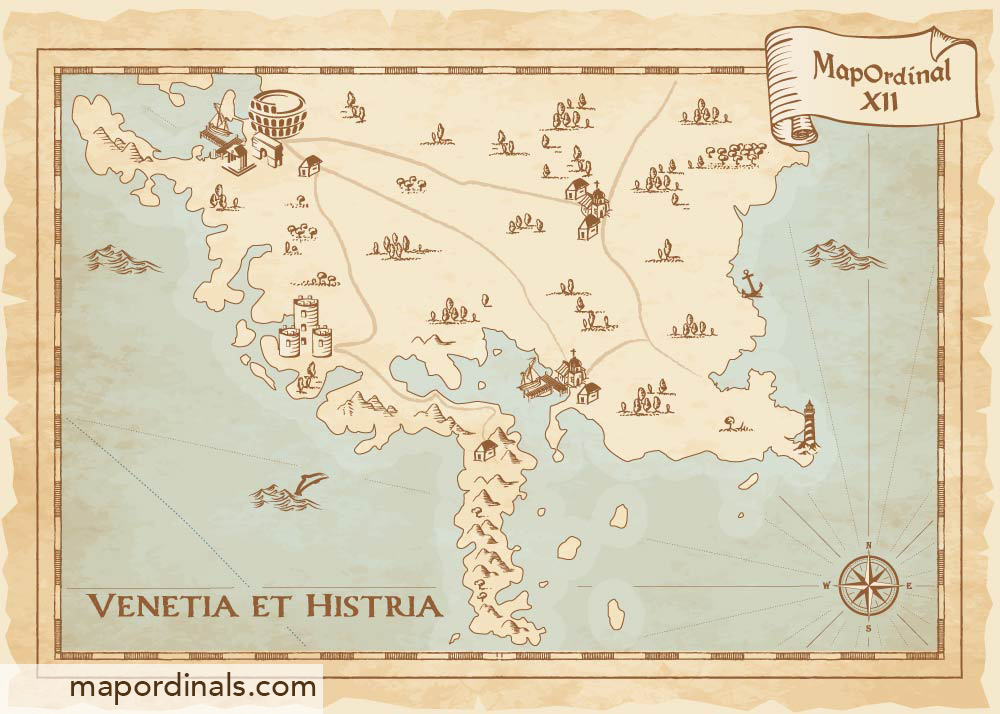
Venetia et Histria (Istrian Peninsula)
The region has a rich cultural heritage, with influences from the Illyrians, Romans, Venetians, Austrians, and Yugoslavs. As a result, it has a unique blend of architectural styles, cuisine, and customs.
The territory was given the name Venetia et Histria in part because of the native Veneti people's "early and unwavering" commitment to the Roman state. Its capital was Aquileia, and it extended geographically from the Arsia River in what is now Croatia to the Abdua in what is now Lombardy, and from the Alps to the Adriatic Sea.
Evidence of the presence of Homo erectus one million years ago was discovered in the Šandalja cave near Pula. It was inhabited by the Histri, a Venetic or Illyrian tribe, in ancient antiquity. It was inhabited by Colchians, according to Strabo, Pomponius Mela, and Lycophron. The Romans seized the Istrian peninsula in 177 BC.
Following the fall of the Western Roman Empire, the city and surrounding were assaulted by the Ostrogoths, with Odoacer nearly destroying Pula. After Venetian, Napoleonic and Habsburg rule region was invaded by French. Now Istrian Peninsula is part of Croatia and Slovenia.
- During the World War II Italian fascist administration, attempted to dismantle the arena in Pula and move it to mainland Italy.
Back To Explorer
NFT on Magic Eden NFT on Gamma















